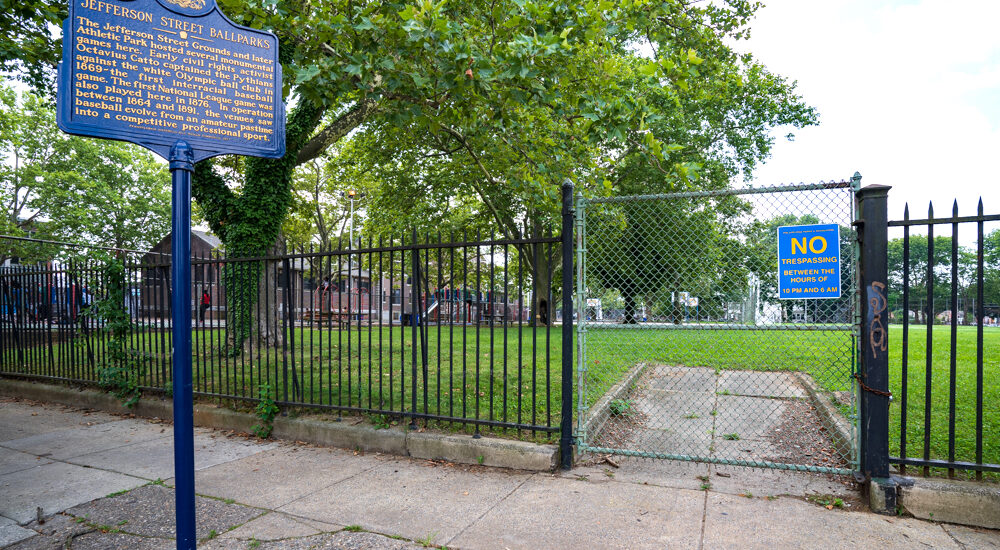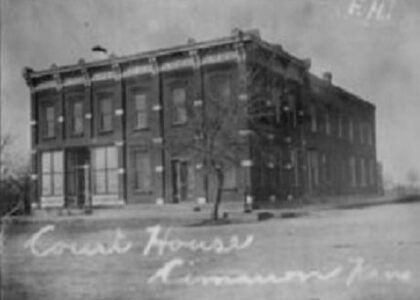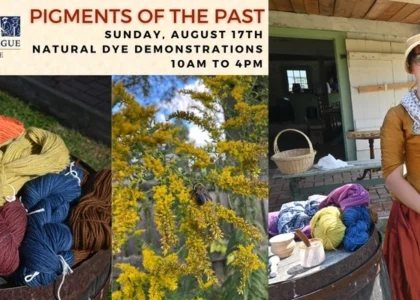Imagine standing on the grounds where history was made, a moment that transcended the boundaries of race and sport. You’re at the site of the First Interracial Baseball Game, a milestone in the journey toward equality in sports. This location, pinpointed at 39.978400, -75.178717, does not just mark a geographical spot; it represents a pivotal shift in the cultural and social landscape of America. The year was 1920, a time when racial segregation was deeply entrenched in American society. Yet, on this field, lines were crossed and a new narrative began. This was not just a baseball game; it was a statement, a bold declaration that talent knows no color.
The game was part of the Negro National League, which had been established that same year under the leadership of Rube Foster. Foster was a visionary, a former star pitcher who dreamed of an inclusive world series where black teams would compete against the best of the white leagues. His efforts led to the creation of a league that offered African American players the opportunity to showcase their skills on a grand stage.
The First Interracial Baseball Game was more than just a sporting event; it was a cultural phenomenon. It attracted thousands of spectators, eager to witness history in the making. Among the players were some of the most talented athletes of the era, whose names have since become legendary. Their presence on the field challenged the status quo and paved the way for future generations of athletes.
Over time, this location and the events witnessed here became symbolic of the broader struggle for civil rights. The game demonstrated the potential of sports to bridge divides and bring people together. It was a precursor to the eventual integration of Major League Baseball, highlighted by Jackie Robinson breaking the color barrier in 1947.
Today, standing here, you can almost hear the cheers of the crowd and the crack of the bat. This site serves as a reminder of the progress that has been made and the work that still needs to be done. It’s a place of reflection, where the past meets the present, inspiring us to continue pushing toward a more inclusive future.





